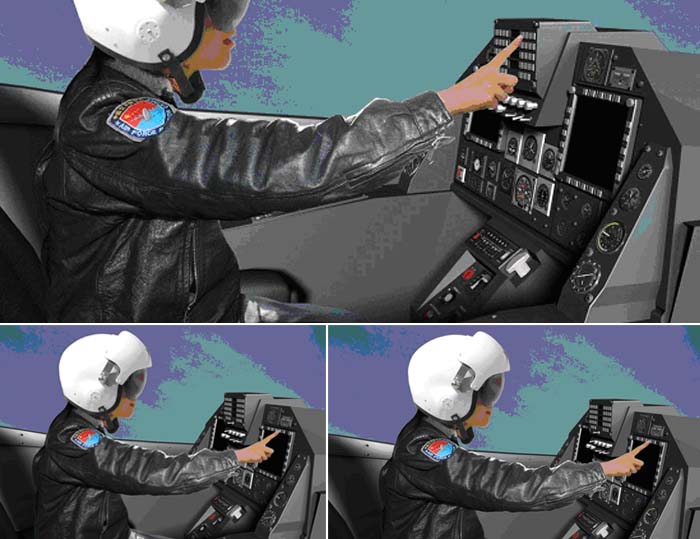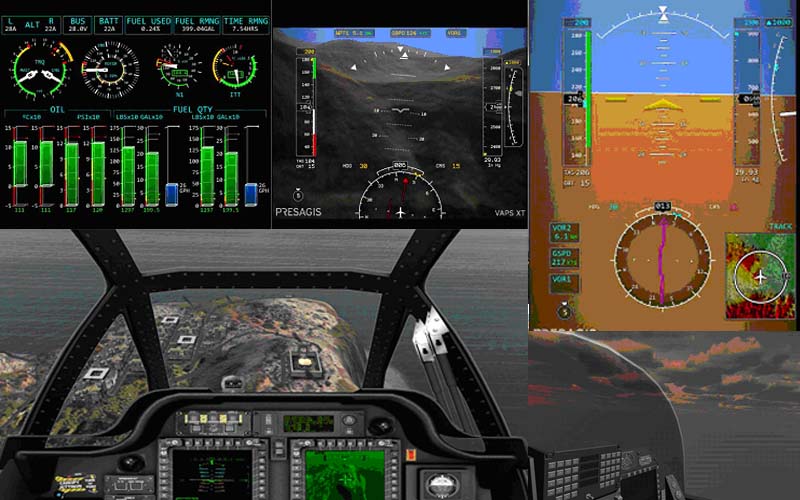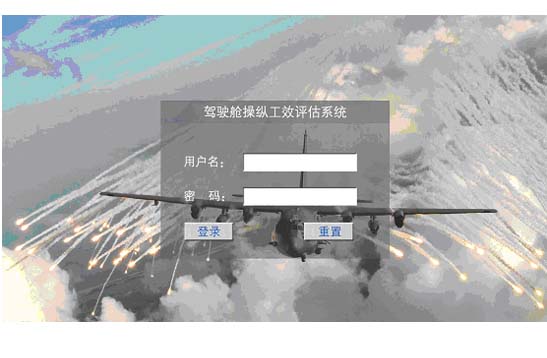Welcome to the official website of SEASTARS CORP.,LTD.
REEDeck cockpit control ergonomics evaluation system
REEDeck cockpit control ergonomics evaluation system
1 Overview
The cockpit of the aircraft is the primary place for flight crew members to contact the aircraft. It is the working environment for the pilots to control the aircraft to perform tasks. It is also the only interface and means for the pilots to interact with aircraft information. The main function of the cockpit is to ensure that the pilot can obtain sufficient external information and manipulate the aircraft to achieve safe flight.
This system is developed based on UNITY 3D and VAPS XT, using virtual reality technology to simulate the design and evaluation of the cockpit control ergonomic system based on the avionics instrument display system during the flight of the aircraft. Through the immersive virtual Oculus Rift DK2 helmet and human motion capture device, browse and interact with the virtual cockpit.


During the flight of the aircraft, the instrument screen displayed by VAPS XT is simultaneously displayed in the virtual cockpit. The data glove triggers the instrument peripheral keys to change the display page, and switches from the engine page to the PFD display. The head rotation causes the cockpit viewing angle on the display to change, in the HMD. Seeing the layout of the side and back of the cockpit can add a driving operation kit to carry out the flight experience in the HMD, and provide an ergonomic evaluation "during the flight" for different cockpit layouts, human operations with different comfort levels, and different visual perceptions.
2. System composition
Virtual cockpit data source
1. CATIA cockpit CAD data
2.VAPSXT cockpit instrument man-machine interface
Cockpit simulation driving kit
Steering stick, throttle, pedal, etc.
The virtual design system constitutes the hardware:
1. Oculus Rift DK2, with binocular vision system
2. Motion and gesture recognition tracking equipment
3. Data gloves with tactile feedback
software:
1. Flight simulation software
2. UNITY3D development engine

3. System function
1. Support modeling, visual perception, motion response and operational interaction in the virtual cockpit environment.
2. Support man-machine ergonomics evaluation and form an immersive virtual cockpit ergonomics evaluation system.
3. Support the VAPS XT instrument interface to be displayed in the virtual cockpit simultaneously;
4. Support data gloves, freely switch between engine interface and PFD interface by triggering the button;
5. Support VR helmet display, by rotating to watch different perspectives of the cabin, realizing an immersive sensory experience;
6. Support the expansion of the driving operation kit to realize the HMD flight experience.
4. Technical Features
1. Data and instrument display of simulated flight process: Combine VAPS XT's avionics dynamic instrument display with ergonomics evaluation, breaking through the static mode of traditional cockpit layout and ergonomics evaluation;
2. "Dynamic" experience: switchable instrument interface, 3D scene rendering, to achieve a "dynamic" experience;
3. "Operational" interactive experience: through external data gloves, VR helmets, etc., operation, rotation, etc. in the scene can be realized;
4. Scalability: It is possible to increase the driver's operating suite, experience the flight in a virtual environment, and provide ergonomic evaluation of "during the flight" for different cockpit layouts, human operations with different comfort levels, and different visual perceptions.
5. Product advantages
Combined with the aviation seat, the flight driving experience in the virtual cockpit can be quickly realized. Compared with the traditional physical simulation cockpit, it reduces costs and saves time. It is a simple and economical cockpit during the flight of a fighter aircraft.
Ergonomics evaluation system.
| Traditional virtual cockpit evaluation system | Fast somatosensory seat virtual cockpit evaluation system | |
| Hardware cost |
100~200million |
Within 100,000 |
| Development cycle (including POP) | June to October | April to May |
| Deployment time | January to February | 7~10 days |
| 3D experience |
√ |
√ |
| Instrument dynamics |
√ |
√ |
| Cockpit operating components |
√ |
√ |
| Independent visual display of large scenes |
√ |
|
| Easily composability | Once fixed, the movement platform cannot be added | Two methods of solid mold and movable mold can be used |
6. Application Scenario
Tactical training and evaluation system based on air combat

7. Successful cases

An Aeronautical Research Institute-Cockpit Control Ergonomics Evaluation System
Contact Us
14th Floor, Block A, China International Science & Technology Exhibition Center, 12 Yumin Road, Madian, Chaoyang District, Beijing



